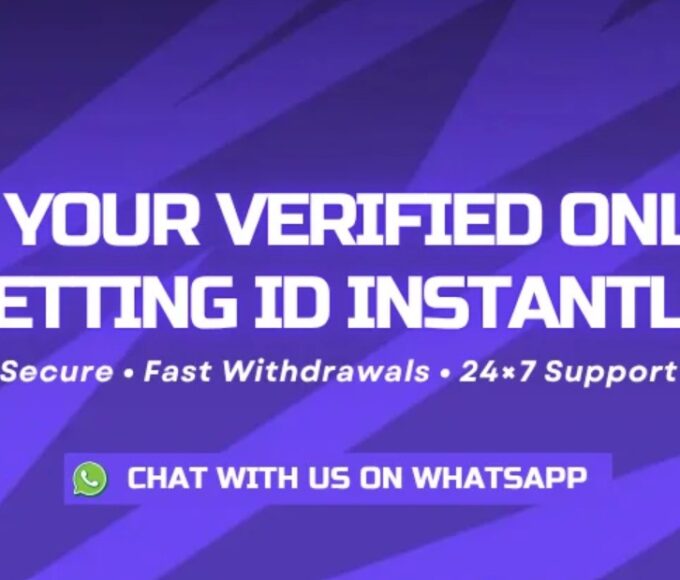© Copyright 2022 Jellywp. All rights reserved powered by Jellywp.com
Business
 jasonbrook712July 1, 20255 Mins read13 Views
jasonbrook712July 1, 20255 Mins read13 Views
CE Certification: What Importers and Distributors Really Need to Know

Recent Posts
Related Articles
Business
AMI Paris Hoodies – Moderner französischer Stil für Deutschland
AMI Paris Hoodies: Zeitloser Stil, französische Eleganz und moderner Komfort AMI Paris...
ByMadhappy MadhappyNovember 20, 2025
BusinessSport
Best Betting ID: Your Gateway to Safe & Seamless Online Gaming
Online betting has become one of the fastest-growing entertainment options worldwide. From...
BytrustedonlinebettingidNovember 20, 2025
Business
Selecting a Dining Table Set That Fits Every Occasion
The dining area is often considered the heart of a home, where...
BywoodenstreetfurnituresAugust 28, 2025
Business
Best Auto in India: A Complete Guide for Buyers
India ek aisa desh hai jahan automobile industry sabse tez tarakki kar...
ByNishukumariAugust 28, 2025













Leave a comment